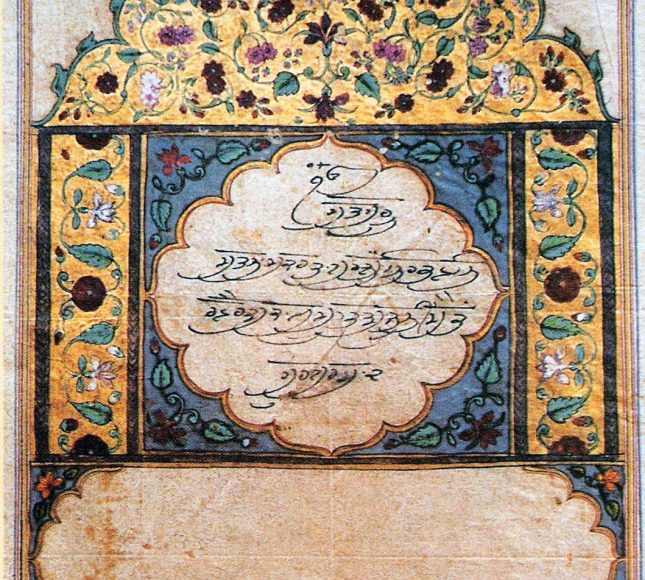VAR SAT (“Seven Days of the Week”), title shared by two of the compositions in the Guru Granth Sahib Kabir`s in measure Gauri and Guru Amar Das` in measure Bilaval. The one by Guru Amar Das is entitled Var Sat, while that by Kabir has a variation in the form of Var Kabir Jiu Ke 7. Kabir`s poem comprises eight stanzas, each of four lines, besides a verse of rahau (pause), which constitutes the refrain, adjuring man to sing God`s praises. Guru Amar Das` Var Sat contains ten stanzas, each of six lines, besides the rahau after stanza 1.
The emphasis, again, is on the remembrance of God. All those days are reckoned auspicious which are devoted to meditation and repetition of His Name. None of the days of die week are made auspicious or inauspicious by the influence of the planet deities governing them. Kabir, using yogic terminology, traces the spiritual progress of a bhakta who is ultimately urged to set aside his ego to reach the destination. He also stresses the role of the true Guru in the process of realization.
Beginning most of the stanzas with the name of a day of the week, Kabir sets forth the ideals of pure living and constant remembrance of God.This leads to spiritual enlightenment and union with the Lord in the joy whereof all rituals and practices cease to have any meaning. God realization is also the theme of Guru Amar Das` Var Sat. Love and humility are the qualities recommended for the devotee.
He must seek and cultivate the Guru`s word which will enable him to overcome his ego. Sabda (sabad) should be the basis of his contemplation and actions. This sabda is by God`s favour grasped. By reference to the last three days of the week, Guru Amar Das exhorts men to discard superstition and illusion, austerities and penances. The ideal the hymn presents is that of a gurmukhone whose face is turned towards the Guru, one who to the Guru`s word is attuned.
References :
1. Sabadarth Sri Guru Granth Sahib. Amritsar, 1967
2. Sahib Singh, Sri Guru Granth Sahib Darpan. Jalandhar, 1962-64
3. Kohli, Surindar Singh, A Critical Study of Adi Granth. Delhi, 1961
Var Sat—literally “Seven Days of the Week”—offers rich spiritual insights into how every single day can be transformed into an opportunity for divine remembrance. In the Sikh tradition, compositions like Var Sat, whether rendered by Kabir or by Guru Amar Das, are not merely poetic formalities but serve as constant reminders that God’s presence infuses every moment of life. These hymns use the structure of the week as a metaphor for continual spiritual practice: each day is an invitation to meditate, invoke the sacred Name, and to reorient one’s being toward the divine. The emphasis is clear—when one’s focus shifts from self-centered preoccupations to God-centric living, every day turns auspicious, regardless of worldly superstitions or planetary influences .
At its core, Var Sat teaches that spiritual progress is not confined to ritualistic or isolated meditative practices but is woven into the fabric of daily existence. A God-centric life, as illustrated in these compositions, calls for a deep internal transformation where the devotee steadily transcends ego and embraces love, humility, and the continuous remembrance of God. In this transformative process, the rituals lose their mechanical character and become heartfelt expressions of inner devotion. Through the rhythmic cadence of the verses and the mindful assignment of each day to divine remembrance, the composition guides the seeker to see each moment as an opportunity for spiritual renewal, echoing the timeless truth that living in the light of God demands both constant vigilance and surrender .
Reflecting on Var Sat encourages modern seekers to ask: How might you transform even the most ordinary day into an experience of divine connection? What practices can you adopt to ensure that every moment contributes to inner growth and sustained spiritual clarity? The spiritual insights of Var Sat thus inspire not just contemplation but active, day-to-day engagement with the divine—an embrace of life that is as much about inner transformation as it is about the external rituals of devotion.



